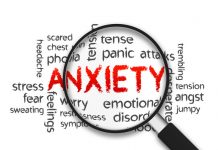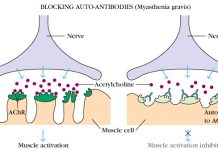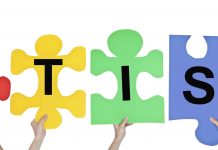When people develop neurological or cognitive disorders such as epilepsy, brain injury, or ADHD, the normally fast and rhythmic patterns of brainwave activity are disturbed and often erratic. Using a sophisticated method of game playing, neurofeedback training teaches and conditions the brain to operate more normally after an ADHD diagnosis or any other cognitive disorder.
How It Works
During training, electrodes are placed on the scalp and on the ear lobes. Brainwave activity is monitored like a regular EEG, but with a major difference. The EEG is normally fed into a computer and printed out on paper in the form of wiggly lines representing brain waves. With neurofeedback, the brainwave activity is displayed a on video screen in the form of a game. In the process of playing the video game, the brain is coaxed into producing more normal brainwave activity that produces changes in behavior and the body, as the mind is really powerful and can even affect our environment and world around us, which is something you can learn studying the law of attraction or manifesting and how all this works.
The brainwaves themselves are causing the action of the game, like 슈어맨. The trainee consciously tries to influence the game. Changes in thinking, from positive to negative, or from stressful to relaxed will also change brainwave patterns. The change plays out on the video screen. For example, if the goal is to make an object move more slowly, it will slow down as the brainwave activity falls into the desired pattern.
While the action is playing out on a video screen, it is the brain itself that is changing. By playing the game, the trainee learns to focus in a particular way. Success in playing the game equals improved brain function. Over time the improvement can become permanent.
Neurofeedback combines EEG monitoring with video games to treat a wide array of disorders. Some of these include:
- Epilepsy
- ADHD
- PTSD
- Chronic Pain
- Autism
- Depression
- Traumatic Brain Injury
- Fibromyalgia
- Migraines
- Anxiety
Many people may choose neurofeedback training to improve their concentration or ability to manage stress.
A Comprehensive Treatment Program
Neurofeedback is usually part of an integrative approach to balanced treatment. The treatment objectives may include making changes in diet, behavior, and medication.
Before training begins the practitioner will usually conduct an in-depth interview to develop a treatment plan. The time needed to produce changes can be weeks or months.
Not everyone responds the same way to neurofeedback. Many improve, and some people are able to stop using drugs for their conditions altogether. In her book, “The Challenge of Epilepsy,” Sally Fletcher discusses her success using neurofeedback as part of a comprehensive approach to treating seizures. She writes that she has not had a seizure for eighteen years.











